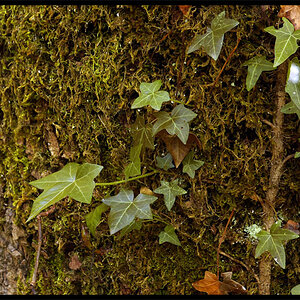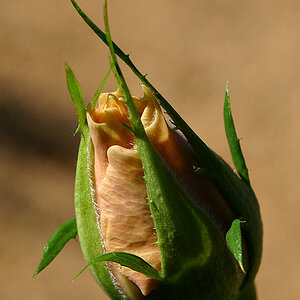WayneF
No longer a newbie, moving up!
- Joined
- Oct 11, 2013
- Messages
- 622
- Reaction score
- 114
- Location
- Texas
- Website
- www.scantips.com
- Can others edit my Photos
- Photos OK to edit
Camera meters are pretty good (although they are reflected meters), so there are really only two reasons for another hand held meter... For incident metering, or for metering multiple studio flash.
As Gary explained well, reflective meters (camera meters) meter the light reflected from the subjects color, not the light on the subject (except it's around 12% gray though, not 18%). So for example, black or white clothing can affect the portrait metering, we have to know to adjust the meter reading for the subject. But incident meters instead meter the actual light level incident on the subject, regardless of the subjects colors (an incident meter is aimed at the camera, not at the subject). So that's more accurate, little adjustment necessary. But incident is metered AT THE SUBJECT, and not at all automatic, so more awkward to meter than just doing it from the camera.
We can use a reflective meter to meter the light reflected from a known 18% gray card (held at subjects position), which is then like an incident meter (independent of subjects colors is the big plus), except then we have to open about 1/2 stop more to match the reflected meters (the 12% thing, the standard instructions on Kodak gray cards, 20 years ago when Kodak made gray cards). The specs in all Sekonic meter manuals say K=12.5, and Nikon and Canon are the same. Here is a Wikipedia article on these constants
If we have one hot shoe flash, it's easy to tweak its power level by trial and error, until we get a picture with the flash we want. A meter works, but this is usually easier than using a meter.
But if we have several studio lights, it's much harder, so the big deal is that we simply use the meter to set each flash to its proper power, for the ratio we we want. To know exactly what each light is doing, to know each light is exactly how we want it.
For example, maybe set the main lights power level to meter f/8 at the subject. If we want a one stop ratio, we set the fill lights power level so that it meters f/5.6 (at the subject). The light on a colored background is often set to around the same main light level (f/8, at the background), but black or white backgrounds probably are handled differently. The hair light varies with the color of the hair, maybe a stop brighter than main for dark hair, or a stop lighter than main for light hair (at the hair). The background and hair light do not affect the camera exposure, so we meter main and fill together to set the camera aperture (they will add, to be about 1/3 or 2/3 stop more than the brightest one). Anyway, the meter makes the multiple studio lights be quite easy, and quite repeatable next time.
You might see Why would I need a handheld light meter?
But unless we want incident metering, or have multiple studio flash, the camera meter is all most of us use. We learn to deal with the reflected meter.
See How Camera Light Meters Work
As Gary explained well, reflective meters (camera meters) meter the light reflected from the subjects color, not the light on the subject (except it's around 12% gray though, not 18%). So for example, black or white clothing can affect the portrait metering, we have to know to adjust the meter reading for the subject. But incident meters instead meter the actual light level incident on the subject, regardless of the subjects colors (an incident meter is aimed at the camera, not at the subject). So that's more accurate, little adjustment necessary. But incident is metered AT THE SUBJECT, and not at all automatic, so more awkward to meter than just doing it from the camera.
We can use a reflective meter to meter the light reflected from a known 18% gray card (held at subjects position), which is then like an incident meter (independent of subjects colors is the big plus), except then we have to open about 1/2 stop more to match the reflected meters (the 12% thing, the standard instructions on Kodak gray cards, 20 years ago when Kodak made gray cards). The specs in all Sekonic meter manuals say K=12.5, and Nikon and Canon are the same. Here is a Wikipedia article on these constants
If we have one hot shoe flash, it's easy to tweak its power level by trial and error, until we get a picture with the flash we want. A meter works, but this is usually easier than using a meter.
But if we have several studio lights, it's much harder, so the big deal is that we simply use the meter to set each flash to its proper power, for the ratio we we want. To know exactly what each light is doing, to know each light is exactly how we want it.
For example, maybe set the main lights power level to meter f/8 at the subject. If we want a one stop ratio, we set the fill lights power level so that it meters f/5.6 (at the subject). The light on a colored background is often set to around the same main light level (f/8, at the background), but black or white backgrounds probably are handled differently. The hair light varies with the color of the hair, maybe a stop brighter than main for dark hair, or a stop lighter than main for light hair (at the hair). The background and hair light do not affect the camera exposure, so we meter main and fill together to set the camera aperture (they will add, to be about 1/3 or 2/3 stop more than the brightest one). Anyway, the meter makes the multiple studio lights be quite easy, and quite repeatable next time.
You might see Why would I need a handheld light meter?
But unless we want incident metering, or have multiple studio flash, the camera meter is all most of us use. We learn to deal with the reflected meter.
See How Camera Light Meters Work
Last edited:


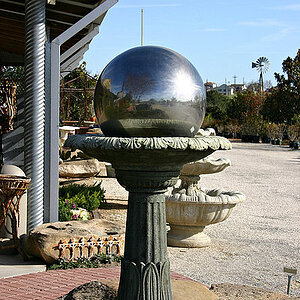
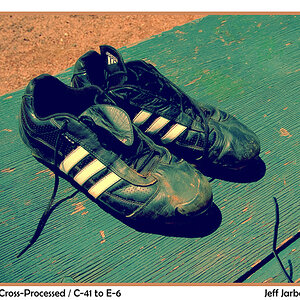
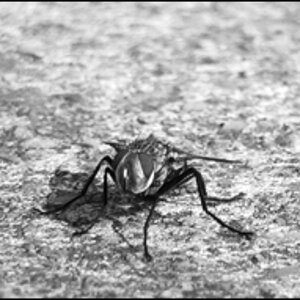
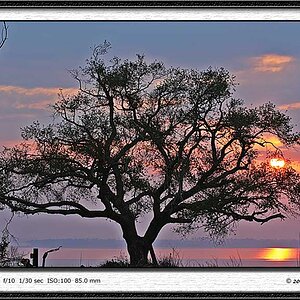


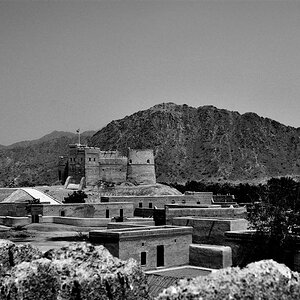
![[No title]](/data/xfmg/thumbnail/33/33340-27d18dd642b5257e4b9a04a4c1feffd1.jpg?1619735910)


